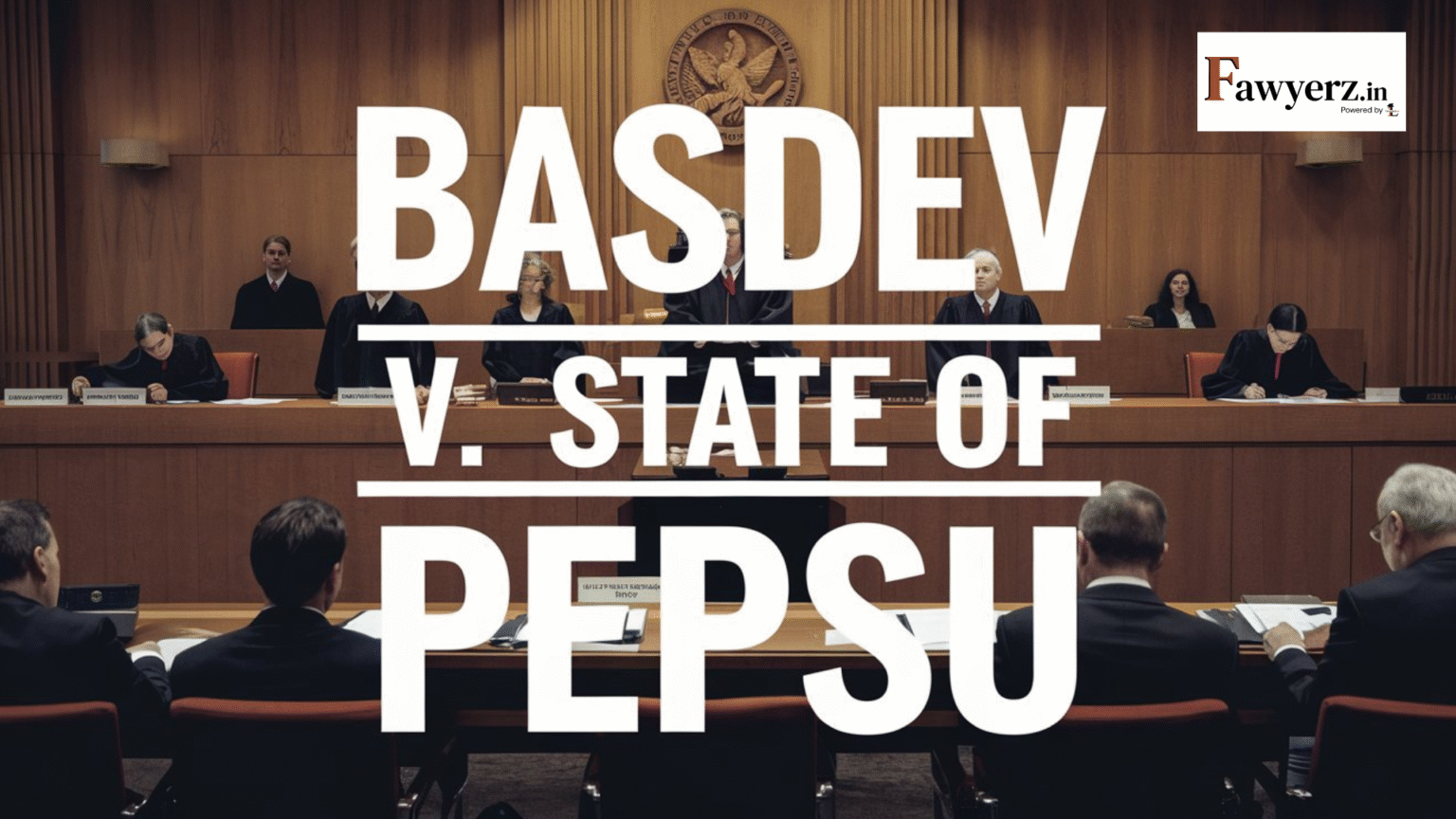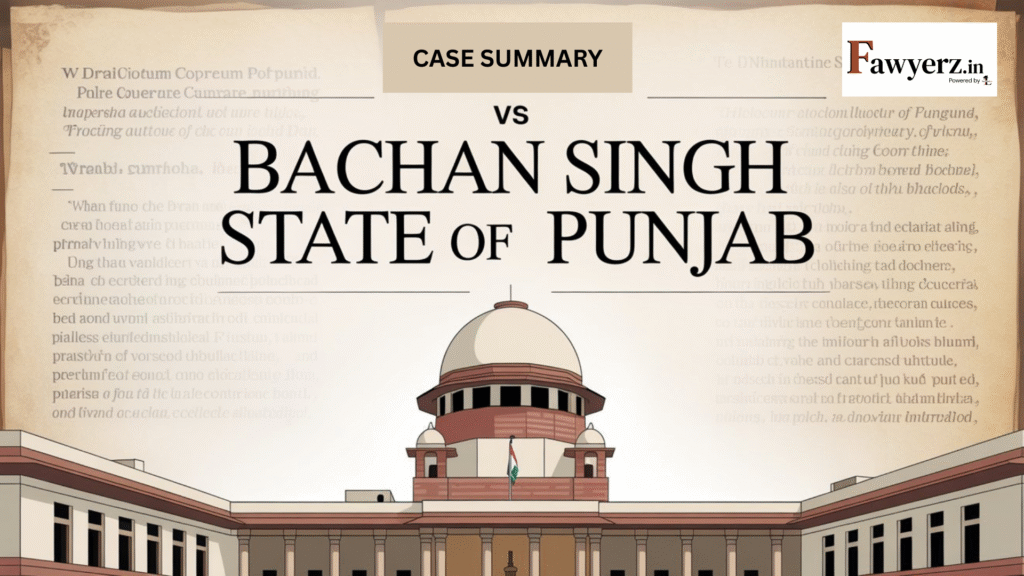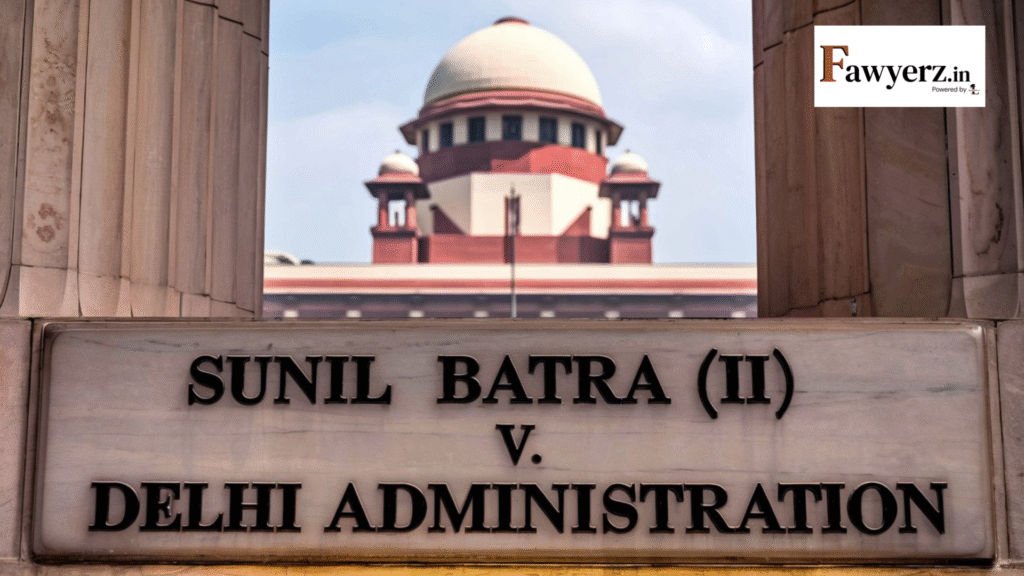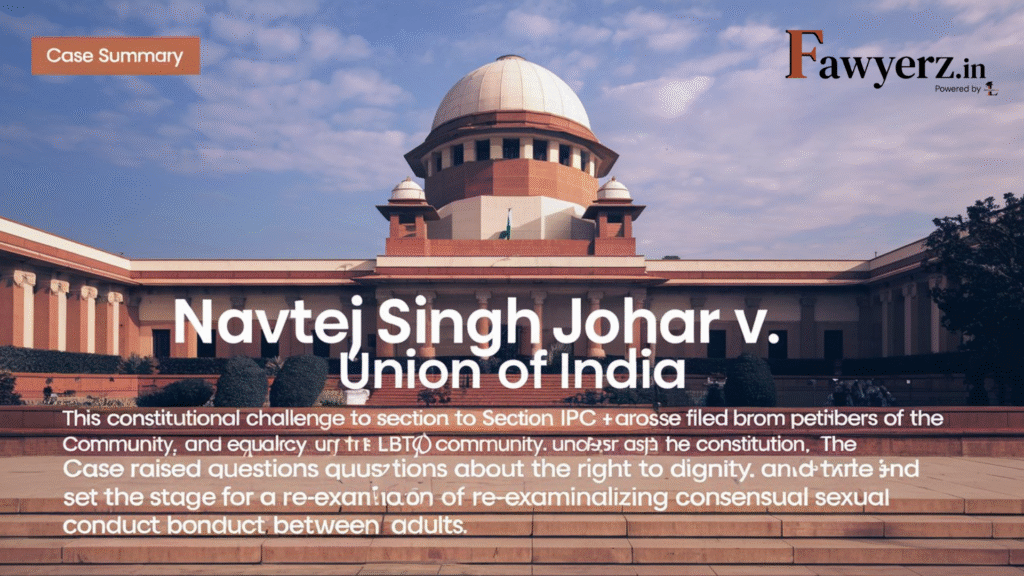Basdev v. State of Pepsu 1956 (Case Summary)

This Supreme Court case arose from a fatal shooting incident during a wedding ceremony and presented crucial questions regarding the mental element required for criminal liability under the Indian Penal Code. The Court was called upon to clarify the distinction between “intention” and “knowledge” under Section 300, and to determine when an act qualifies as murder as opposed to culpable homicide not amounting to murder. The case became significant in shaping the jurisprudence on gradation of homicide offences.
Table of Contents
ToggleFacts of Basdev v. State of Pepsu
- The appellant, Basdev, a military officer, attended a social gathering where he consumed alcohol.
- During the event, an argument ensued between Basdev and a 13-year-old boy, which led to Basdev, in a state of intoxication, pulling out his revolver and shooting the boy in the abdomen.
- The boy died as a result of the gunshot.
- Basdev was charged under Section 302 IPC for murder.
Issues framed
- Whether Basdev had the necessary intention or knowledge to cause death, so as to make him liable under Section 302 IPC?
- Whether intoxication can be used as a defense to reduce the offense from murder to culpable homicide not amounting to murder?
Subordinate Court Judgment
The Sessions Court convicted Basdev under Section 302 IPC and sentenced him to death. The conviction was upheld by the High Court on appeal.
Judgment of Basdev v. State of Pepsu
The Court considered Sections 299 and 300 of the Indian Penal Code to differentiate between culpable homicide and murder. It also examined Section 86 IPC, which governs acts committed under intoxication.
The Supreme Court held that merely being intoxicated does not absolve an accused of criminal responsibility unless it is shown that the intoxication was involuntary or rendered the accused incapable of forming the requisite intention. The Court noted that even though Basdev was drunk, he was still aware of his actions and had the knowledge that firing a revolver at close range into a boy’s abdomen was likely to cause death. The fact that the boy was unarmed, and the shot was fired in a vital part of the body, clearly indicated a degree of knowledge sufficient for murder.
The Supreme Court upheld the conviction under Section 302 IPC. It held that the act of firing at the boy was done with full knowledge of its deadly consequences, even if not with express premeditated intention. Thus, the killing amounted to murder, and the appeal was dismissed.





